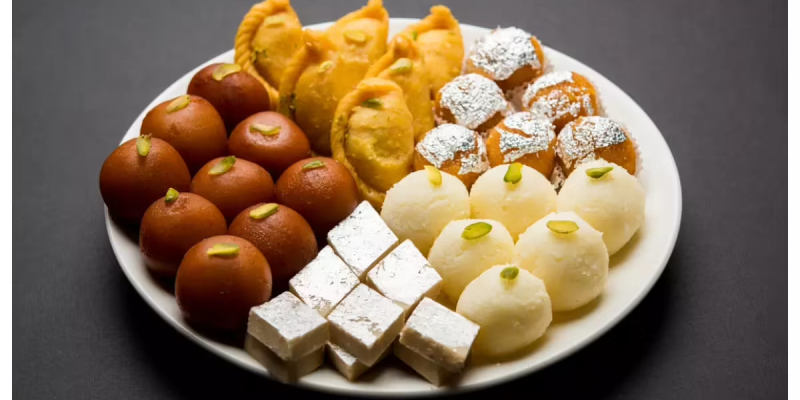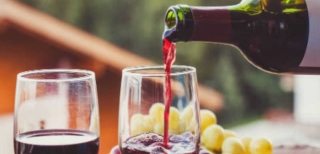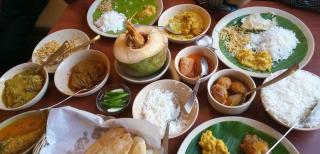Indian Mithai: The Sweet Side of Culture and Celebration
Mithai isn’t just about flavor it’s about emotion. It marks beginnings, binds relationships, heals heartbreaks, and celebrates victories. In India, sweets are language, celebration, and offering all wrapped in silver foil or banana leaves. So when you come to India, don’t just click photos bite into mithai and feel the country smile through its sweet traditions.
Indian Mithai: The Sweet Side of Culture and Celebration
In India, life isn’t truly sweet without mithai the umbrella term for an entire world of traditional Indian sweets that range from syrup-drenched to nut-loaded to melt-in-the-mouth magic. Whether it’s a wedding, a festival, a temple ritual, or the birth of a child, sweets are inseparable from Indian celebration.
But mithai is not just about sugar it’s about ritual, memory, identity, and joy.
Mithai as a Cultural Symbol
Indian sweets aren’t just post-meal treats they are offerings to gods, expressions of love, and gifts of goodwill. Each region, festival, and emotion has its own sweet representative.
Ganesh Chaturthi? Modak.
Diwali? Kaju Katli and Besan Laddoo.
Bengali wedding? Rasgulla and Sandesh.
South Indian puja? Kesari or Payasam.
From birth to death, joy to sorrow, mithai travels with us like a faithful friend.
A Taste of Regional Mithai Treasures
India’s diverse states offer unique sweet creations each rooted in local ingredients and tradition:
1. Rasgulla & Sandesh - West Bengal
Made from fresh chenna (cottage cheese), these iconic sweets are light, juicy, and delicate.
2. Modak Maharashtra
Lord Ganesha’s favorite. A steamed or fried dumpling filled with jaggery and coconut.
3. Mysore Pak Karnataka
A rich, ghee-laden sweet that melts in your mouth, born in royal kitchens.
4. Petha Uttar Pradesh (Agra)
Translucent, syrupy, and unique made from ash gourd.
5. Chhena Poda Odisha
The “Indian cheesecake”, slow-baked and caramelized perfection.
6. Ghewar Rajasthan
A festive delicacy made with flour, soaked in syrup, and topped with rabri and dry fruits.
7. Payasam Kerala
A sacred sweet rice pudding made with jaggery, coconut milk, and cashews.
The Spiritual Side of Sweets
In temples, sweets are not just food they’re prasadam, divine blessings. From Tirupati laddu to Mathura peda, many sweets are born from sacred rituals and are believed to carry spiritual energy. Even during fasting (vrat), specific sweets like sabudana kheer or mewa laddoos are consumed keeping tradition and nutrition both in harmony.
Evolution: From Mithai Shops to Gourmet Boutiques
While traditional halwais still rule the heartland, Indian mithai has now entered the luxury and fusion era:
Rose gulkand barfis
Chocolate jalebi tarts
Vegan coconut laddoos
Sugar-free badam katlis
Mithai is evolving, yet never losing its roots in joy and generosity.
Where to Taste Authentic Mithai in India:
K.C. Das (Kolkata) – For rasgullas
Tewari Bros (Delhi) – For laddoos and kaju katli
Chitale Bandhu (Pune) – For bakarwadi and pedha
Shree Mithai (Chennai) – South Indian sweets & fusion varieties
LMB (Jaipur) – Ghewar and sweets served in royal style









